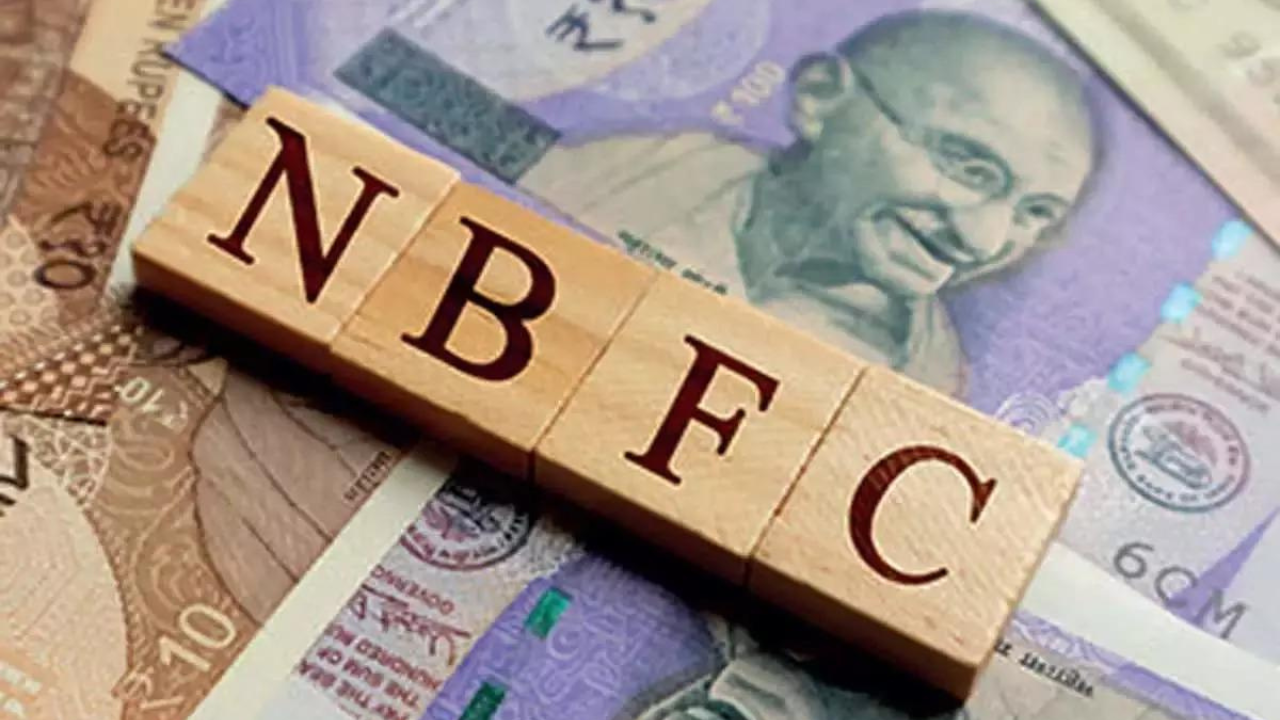After experiencing growth rates in the range of 14% to 16% over the past two years, gross credit growth has continued moderating for a few months, reaching 11.2% in December 2024.
This deceleration can primarily be attributed to a slowdown in the personal loans and services segment, particularly in unsecured loans and lending to non-banking financial companies (NBFCs), according to a CareEdge Ratings report.
In December 2024, non-food bank credit grew by 11.1%, compared to 15.8% in the same period a year ago.
Personal loan growth slowed to 12.0% year-on-year in December, down from 17.6% recorded a year earlier. This decline can be ascribed to a fall in outstanding consumer durables and reduced growth in other personal loans, vehicle loans, and credit card balances attributable to RBI actions and some stress buildup in the unsecured loans space. This was partially offset by growth in housing and gold loans.
Growth in the services sector was recorded at 11.7% in December 2024, down from 20.0% a year ago, primarily due to lower growth in credit to non-banking financial companies (NBFCs) and the trade sector. However, growth accelerated in the computer software and professional services segments.
Credit outstanding to industry broadly remained the same at 7.2% compared to 7.5% in the year-ago period, supported by ‘food processing’, ‘petroleum, coal products and nuclear fuels’, while the infrastructure segment decelerated. Across industries, bank credit to MSMEs has grown faster than credit disbursal to large enterprises.Advances to individuals against gold rose by 71.3% in December 2024, significantly up from the 17.0% growth reported in the year-ago period.
Based on discussions with bankers, potentially half of this growth can be ascribed to the shift/reclassification of gold loans from agri-gold loans to retail loans due to higher eligible limits under retail loans compared to purely agricultural loans with gold as security. Further, an increase in gold prices by ~22% has also contributed to the significant growth in retail gold during the period.
Fastest growing major segment
Agriculture and allied activities registered a growth of 12.5% y-o-y in December 2024, compared to 19.4% in the same month of last year. Meanwhile, if the estimated amount of gold loans reclassified from agri-gold loans to retail loans are considered agri loans, growth of the agri segment would have been higher by 2% in December 2024, the report said.
The slowdown in personal and services loans can be primarily attributed to an increase in risk weights by the RBI on consumer credit, credit cards and NBFCs, along with an increased risk perception of these segments and some increase in the delinquencies on the unsecured loans portion.
The credit extended by banks to NBFCs has reversed its trend after nearly six years of growth. This earlier increase, primarily driven by the reopening of economies post-Covid-19, has declined significantly. By December 2024, banks’ outstanding credit exposure to NBFCs was Rs 16.2 lakh crore, reflecting a year-on-year growth of 6.7%, a sharp drop from the prior year.
NBFC loans
Since the last 12 months, advances to NBFCs have lagged the overall bank credit growth due to regulatory changes, base effects, and rising capital market borrowings. In December 2024, advances to NBFCs increased by 2.9% month-on-month, but the share of NBFC credit in total bank credit decreased from 9.5% in December 2023 to 9.1% in December 2024.
The growth of credit card outstanding has been slowing since the risk weights increased. The pace of growth in credit card outstanding decreased to 15.6% from 32.6% during the year-ago period. Delinquency and revised risk-weight norms have contributed to the reduction in card issuances.
The personal loans segment reached Rs 14.8 lakh crore, experiencing a year-on-year growth of 9.2%. This growth rate is around 2.5 times less than the 23.2% recorded in the same period last year. This decline can be attributed to the RBI’s increasing risk weights on consumer loans, as well as some stress in their loan portfolios.













